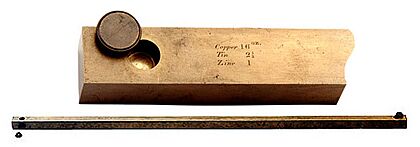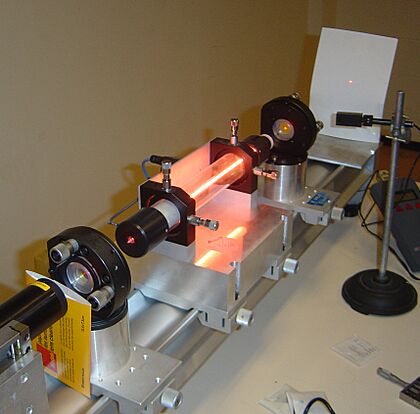Weights and Measures Acts (UK) facts for kids



Weights and Measures Acts are laws passed by the British Parliament that set the rules for how things are measured. For over a thousand years, kings, queens, and governments in England, Scotland, and Wales have made laws to create standard units.
These laws make sure that a "pound" of sugar or a "foot" of wood is the same everywhere in the country. This helps make trade fair and prevents people from being cheated. Over the years, many different acts have been passed, leading to the measurement systems we use today.
Contents
Why Do We Need Rules for Measurement?
Imagine buying a pound of apples, but the shopkeeper's "pound" is much lighter than a pound somewhere else. Or imagine a builder using a "foot" that was shorter than everyone else's. It would be very confusing and unfair!
For centuries, this was a real problem. Different towns and trades often had their own local measurements. A "gallon" in one city might be different from a gallon in another.
To fix this, governments created Weights and Measures Acts. These laws did a few important things:
- They created official, standard units for everyone to use.
- They set up systems to check that scales and measuring tools were accurate.
- They created punishments for people who used fake or incorrect measures.
Today, these laws are enforced by local government offices called Trading Standards. They make sure that everything from the gas you put in a car to the food you buy at the supermarket is measured correctly.
A Tale of Two Systems: Imperial vs. Metric
In the United Kingdom, you will see two different systems of measurement used.
The Imperial System
The imperial system is the traditional system of measurement in the UK. It includes units that you might still hear about today:
- Length: inches, feet, yards, and miles.
- Weight: ounces, pounds, and stones.
- Volume: pints and gallons.
The famous Weights and Measures Act of 1824 officially created the imperial system. It was designed to get rid of all the confusing local units and make one standard system for the whole British Empire.
Even today, some imperial units are still required by law for certain things. For example, road signs must show distances in miles, and pubs must sell draught beer in pints.
The Metric System
The metric system is used by most countries in the world. It is based on units of ten, which makes it easy to use.
- Length: millimetres, centimetres, metres, and kilometres.
- Weight: grams and kilograms.
- Volume: millilitres and litres.
In 1897, an act was passed that allowed the metric system to be used for trade in the UK alongside the imperial system. When the UK joined the European Economic Community (now the European Union) in 1973, it agreed to use more metric units to make trade with other European countries easier.
The Weights and Measures Act 1985 is the main law that governs measurements in the UK today. It confirms that the main units for science and most trade are metric, like the metre and the kilogram. However, it also allows imperial units to be shown alongside metric ones, which is why you often see both on food packaging.
A Long History of Laws
The idea of standard measurements is not new. Laws about weights and measures have existed in Britain for over 1,000 years. Here are a few important moments in this long history.
Early English Laws
One of the earliest known laws comes from the 10th century, during the reign of King Edgar. His law stated that there should be "one money... and one measure" used across his kingdom, based on the standards kept in London and Winchester.
Later, the famous Magna Carta of 1215 also included a rule about measurements. It said there should be one measure for wine, ale, and corn throughout the realm. This shows how important fair measurement was, even in medieval times.
Defining Famous Units
Over the centuries, laws were passed to define specific units.
- The yard was defined as being made of 3 feet, and a foot was 12 inches. An early law even said an inch was the length of "3 grains of barley, dry and round."
- The acre, a unit for measuring land, was also defined in law.
- The statute mile was officially defined in 1593 during the reign of Queen Elizabeth I. The law stated that a mile was equal to 8 furlongs, and a furlong was 40 poles. This is the same mile we use today.
The Modern Acts
The 19th century was a time of big changes. The Weights and Measures Act 1824 was a major law that cleaned up centuries of old rules and created the single, unified imperial system.
In the 20th century, as the world became more connected, the UK began to adopt the metric system. The Weights and Measures Act 1963 and the current Weights and Measures Act 1985 updated the laws to include metric units as the primary standards for the country, while still allowing for some traditional imperial units to be used.
Images for kids


